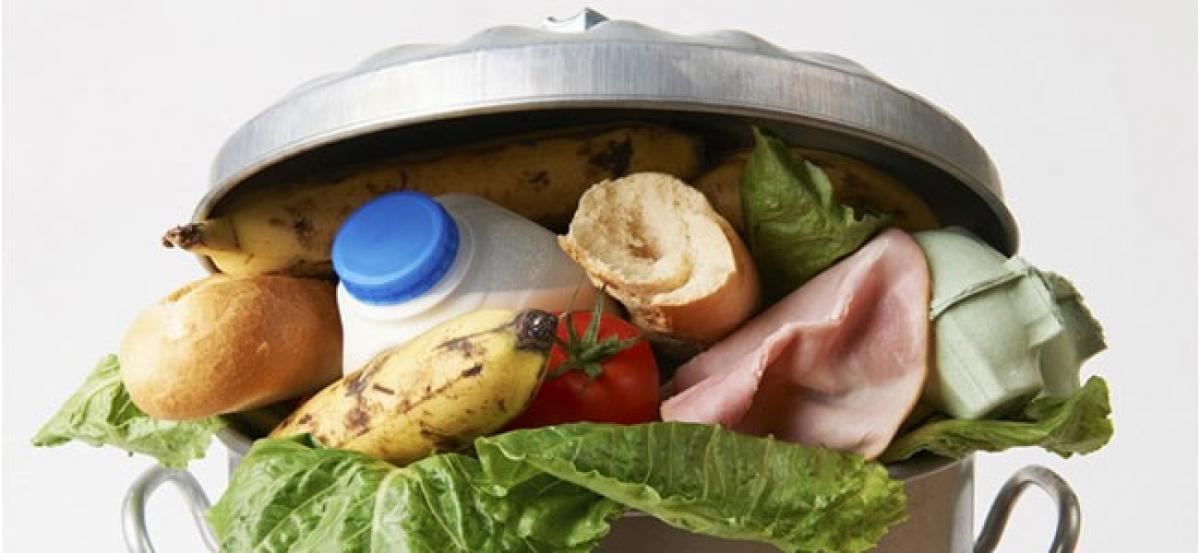Live
- Udvegam Review: A Gripping and Illuminating Telugu Courtroom Drama
- 9 fishermen rescued from sea amid rough weather
- Advancing Consumer Rights in India
- Red Planet Day 2024: Mars Exploration and Humanity’s Quest Beyond Earth
- Coming together is the beginning; keeping toge
- Congress Commemorates 134th Death Anniversary of Mahatma Jyotirao Phule in Kadapa
- Thrust on social, economic uplift of communities
- SBI hosts townhall meeting in Tirupati
- ‘Modern technical education vital for students’
- Garena Free Fire MAX Redeem Codes for November 28, 2024: Get Free Rewards Now
Just In

Despite India being world\'s largest producer for milk and second largest producer of fruits and vegetables, about 40 to 50 per cent of the total production valued of $440 billion (bn) ends up wasted, noted a recent ASSOCHAM-MRSS India study.
New Delhi: Despite India being world's largest producer for milk and second largest producer of fruits and vegetables, about 40 to 50 per cent of the total production valued of $440 billion (bn) ends up wasted, noted a recent ASSOCHAM-MRSS India study.
"India has about 6,300 cold storage facilities with a capacity of 30.11 million metric tons, which are only able to store about 11 per cent of the country's total perishable produce," said ASSOCHAM secretary general, D.S. Rawat while releasing the study Tuesday.
Highlighting that about 60 per cent of this capacity is spread across states of UP, West Bengal, Gujarat and Punjab, the ASSOCHAM-MRSS India joint study noted, "The situation is severe in southern part of India due to unavailability of cold storage units, moreover as the climate is far more hot and humid."
The study estimated that cold chain market in India valued at $167.24 bn in 2016 is projected to reach $234.49 bn by 2020.
The cold chain market has grown steadily in the last few years and this trend is projected to continue until 2020.
While there are many positive changes in Indian cold chain market, high operating cost is a major roadblock for sector's overall growth.
"Shortage of adequate infrastructure, lack of trained personnel, outdated technology and inconsistent power supply are other major obstacles in growth of cold chain infrastructure in India," said Rawat.
He added that setting up cold-chain involves higher infrastructure cost for operations.
"Given the expected growth in grocery retail to $847.9 bn by 2020 from $500 bn in 2012, there are some changes expected by the industry as a whole to ensure three significant areas of handling food collection, storage and transportation to be more cost effective for retailers."
Technology interventions like GPS and sensors be used to centrally monitor and track the temperature, position of truck to ensure better control on product quality.
While retail cold chain as a sector is currently struggling to be more efficient, there is a lot of headroom for improvement with the help of operational and technology level changes which can be brought into the overall system.
By implementing self-updating and hosted computer systems, cloud storage offers many benefits to warehousing include cutting down on maintenance, infrastructure and labour costs that come from installation and upgrading of warehouse management systems.

© 2024 Hyderabad Media House Limited/The Hans India. All rights reserved. Powered by hocalwire.com







